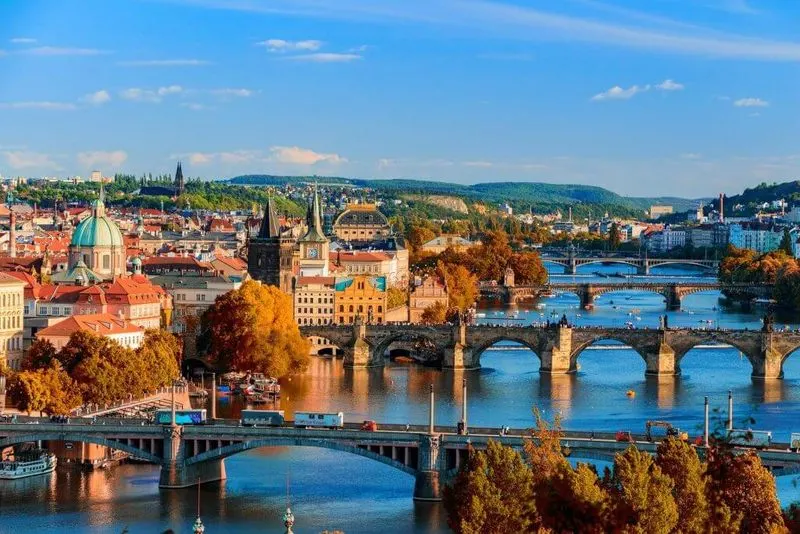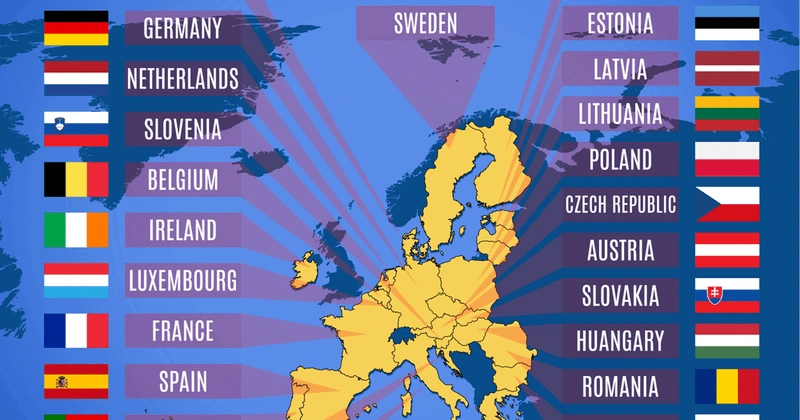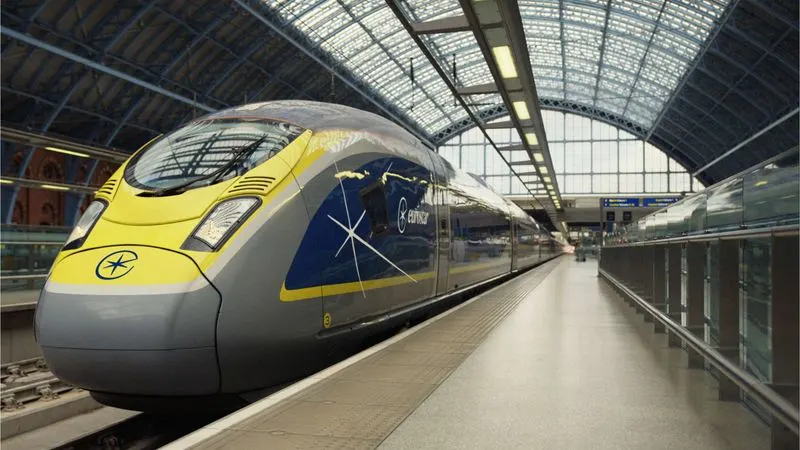Absolutely — yes, the order does matter when visiting European countries, especially if you want to save time, money, and avoid travel burnout. While Europe may seem compact on the map, smart planning can mean the difference between a seamless trip and one filled with backtracking, expensive transit, or missed opportunities.
Think of Europe as a giant puzzle of cultures, time zones, and train schedules. Some countries are best explored in clusters, while others require extra time or planning to reach. Factors like Schengen visa rules, weather patterns, peak tourist seasons, and regional events also play a big role in how you should organize your route. Whether you’re flying between capitals or riding scenic rails through the Alps, doing it in the right sequence can completely transform your experience.
So before you book that flight into Paris and out of Athens (or worse — zigzag your way through), here’s how to plan your Europe trip logically, smoothly, and in a way that actually enhances each stop rather than exhausts you.
Start in a Major Hub

Starting your European journey in a major hub like London, Paris, or Frankfurt can significantly reduce your travel costs and time. These cities are highly connected with numerous international flights arriving daily, making them excellent entry points. Choosing the right hub can set the tone for a smooth trip.
Major hubs offer a wealth of amenities and services, helping ease your transition into the European travel mode. With efficient public transport, you can quickly get into the heart of the city.
Additionally, starting in a hub allows for flexibility in planning subsequent stops, catering to spontaneous adventures.
Group Countries by Region

Grouping countries by region, such as Scandinavia or the Balkans, can make travel logistics easier and more cost-effective.
By focusing on one area at a time, you minimize travel time and costs between countries. This approach allows you to fully immerse yourself in the regional culture and history, creating a more enriching experience.
Moreover, geographical proximity often means similar climates and landscapes, enhancing your travel experience. This regional approach to travel can also present opportunities to discover hidden gems not found on typical tourist paths.
Travel West to East or North to South

Traveling in a linear fashion, either west to east or north to south, can help streamline your journey across Europe. This method avoids unnecessary backtracking and maximizes your time spent exploring.
A linear path simplifies travel planning, as you can focus on progressing smoothly from one destination to the next. It also makes it easier to manage travel bookings and accommodations, as you’re not zigzagging across the continent.
This approach ensures a more relaxed travel pace, allowing for deeper connections with each location you visit.
Utilize High-Speed Trains

Utilizing high-speed trains in countries like France, Italy, and Germany can drastically cut down travel time. These trains are not only fast but also offer comfortable seating and scenic views.
Traveling by train allows you to enjoy the picturesque landscapes of Europe without the stress of airports. It’s a more sustainable and often more enjoyable mode of transport, providing opportunities to interact with locals.
Trains connect many major cities, making it convenient to hop from one cultural hub to another. It’s a journey where the travel becomes part of the adventure.
Plan Around Schengen Visa Limits

Navigating Schengen visa regulations is crucial for non-European travelers. The 90 days within 180 rule requires strategic planning to avoid overstaying.
Understanding visa restrictions allows you to plan a longer, uninterrupted trip without legal issues. By carefully scheduling your itinerary, you can maximize your time in Schengen countries.
Consider alternating between Schengen and non-Schengen countries if your trip extends beyond 90 days. This careful planning ensures a smooth journey without the worry of visa violations.
Visit Hot Destinations Before Peak Summer

Visiting popular spots like Greece or Croatia before the summer peak can enhance your travel experience. You’ll encounter fewer crowds, allowing for more intimate exploration of these beautiful destinations.
Traveling off-peak means you’ll enjoy shorter wait times at attractions and more personalized interactions with locals. Additionally, prices for accommodations and activities are often lower before the high season.
This timing lets you appreciate the natural beauty and cultural richness without the hustle and bustle, making your visit more enjoyable and memorable.
Use Open-Jaw Flights

Open-jaw flights, where you fly into one city and out of another, offer flexibility and often reduce travel costs. This method prevents the need to backtrack, saving time and money.
By ending your journey in a different location, you can cover more ground without retracing steps, maximizing your European adventure.
This strategy is ideal for travelers looking to explore diverse destinations, as it allows for a broader itinerary. It also opens up opportunities to discover new places on the way, adding an element of surprise to your trip.

